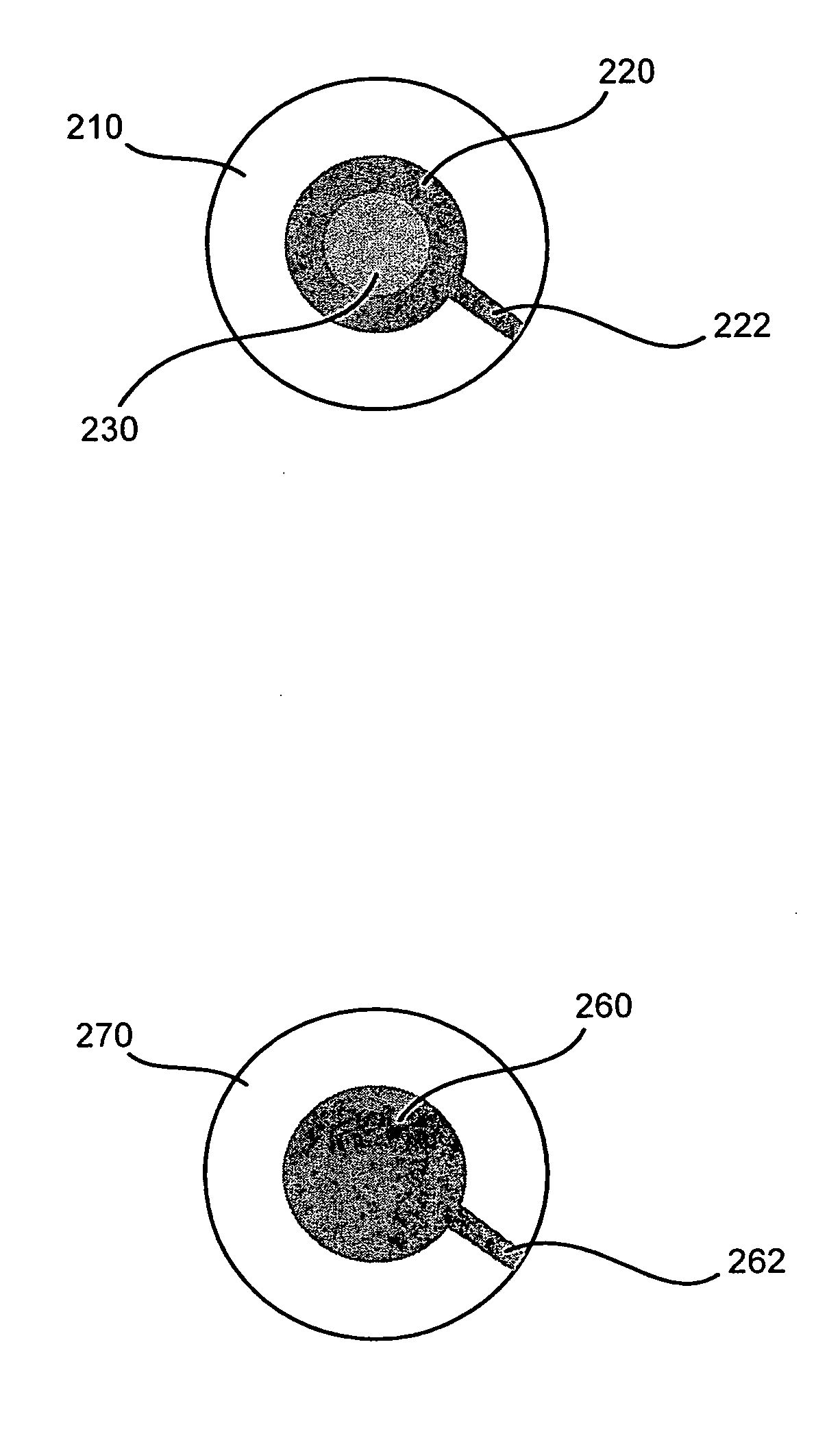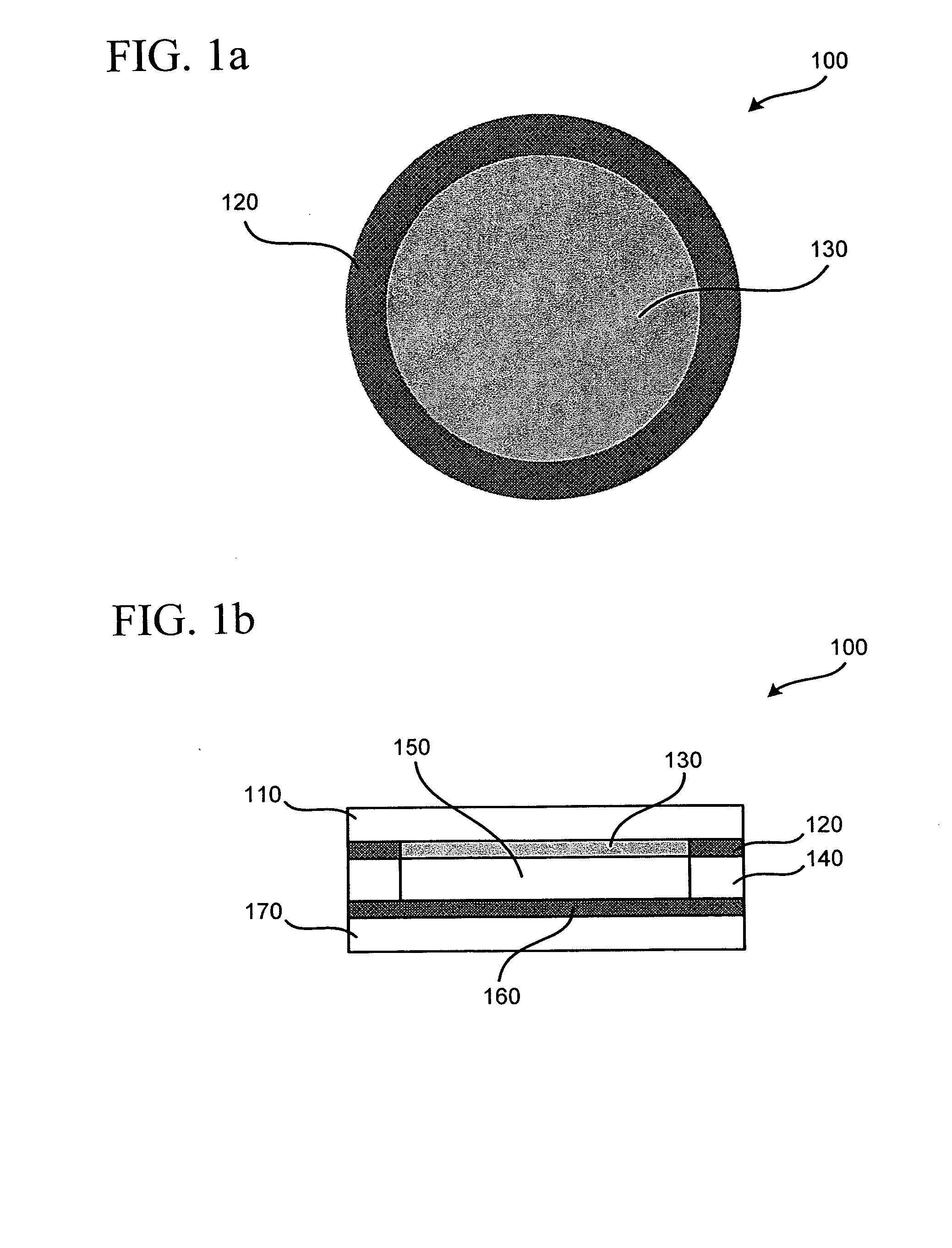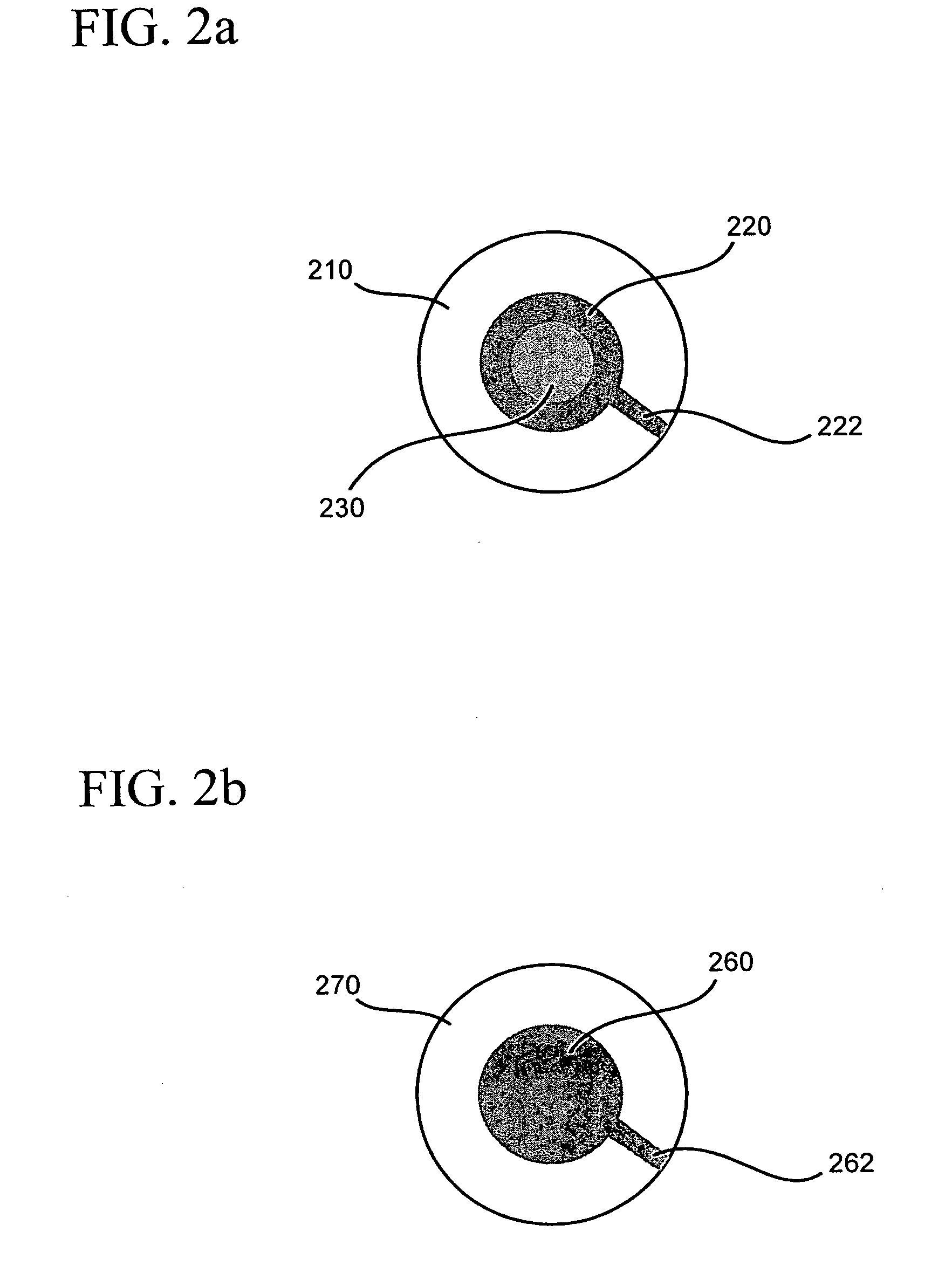Electro-active spectacle employing modal liquid crystal lenses
a liquid crystal lens and electro-active technology, applied in the direction of immunoglobulins against animals/humans, peptides, immunoglobulins against cytokines/lymphocytosis/interferons, etc., can solve the problems of limiting the practical use of spectacle lenses, lenses are not completely transparent, and lenses have a relatively short response tim
- Summary
- Abstract
- Description
- Claims
- Application Information
AI Technical Summary
Benefits of technology
Problems solved by technology
Method used
Image
Examples
Embodiment Construction
[0019] Various embodiments of electro-active spectacle lenses and spectacles employing modal liquid crystal lens assemblies, and methods of manufacturing such electro-active spectacles lenses are described herein. These lenses may be used to provide vision correction for one or more focal lengths, and may further correct non-conventional refractive error including higher order aberrations.
[0020] To assist with understanding certain embodiments described herein, explanations of various terms are provided. “Attaching” can include bonding, depositing, adhering, and other well-known attachment methods. A “controller” can include or be included in a processor, a microprocessor, an integrated circuit, a computer chip, and / or a chip. A “conductive bus” operates to conduct data in the form of an electrical signal from one place to another place. “Near distance refractive error” can include presbyopia and any other refractive error needed to be corrected for one to see clearly at near dista...
PUM
| Property | Measurement | Unit |
|---|---|---|
| thickness | aaaaa | aaaaa |
| conductivity | aaaaa | aaaaa |
| voltage | aaaaa | aaaaa |
Abstract
Description
Claims
Application Information
 Login to View More
Login to View More - R&D
- Intellectual Property
- Life Sciences
- Materials
- Tech Scout
- Unparalleled Data Quality
- Higher Quality Content
- 60% Fewer Hallucinations
Browse by: Latest US Patents, China's latest patents, Technical Efficacy Thesaurus, Application Domain, Technology Topic, Popular Technical Reports.
© 2025 PatSnap. All rights reserved.Legal|Privacy policy|Modern Slavery Act Transparency Statement|Sitemap|About US| Contact US: help@patsnap.com



